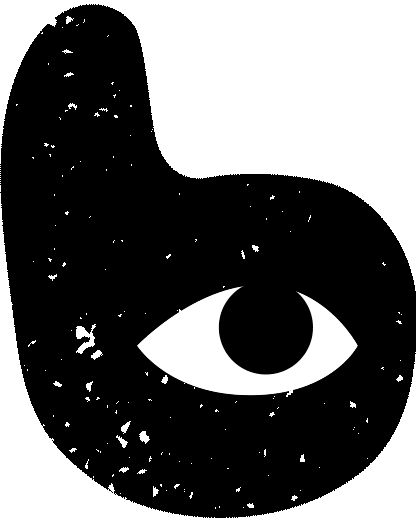83bar is a marketing agency specializing in healthcare.
We pair ad and social media services with a call center of nurses who educate, qualify, and schedule patients for appointments. To remain HIPAA (Health Insurance Portability and Accountability Act) compliant, most 3rd party marketing services are not an option.
We developed a dashboard web app to integrate information about patients across marketing channels. The 83bar dashboard displays survey, email, and appointment information for various clients, clinics, and our internal strategy team.
See a quick video on the 83bar services here.
THE DASHBOARD EVOLVED TO TRACK THE FULL PATIENT JOURNEY
Initially, the dashboard was intended for internal use to manage campaigns. We recorded activity as single moment interactions and conversion rates.
We made a breakthrough with clients when we began to paint a picture of the patient journey. Our campaigns evolved from selling to educating and guiding people to the right health services. As we took on enterprise-level clients, it was clear we also needed to show a different story about our process and results for our clients.
We created new permission levels and user types for specialized roles in the health care industry:
Clinic Managers
coordinate the physician and patient appointments.
Typically, this would involve multiple doctors at a single office. At large hospitals or networks, a manager can be in charge of more than one office location and more than one doctor.
Regional Managers
manage specific procedures and medical devices for many clinics and regions.
They often evaluate campaigns and performance of specific clinics. They provide resources for the physicians and additional follow up for patients.
Our internal team
involves strategists, account managers, and call center managers.
Our internal team analyzes campaign success metrics and produces reports for clients.
Initially, 83bar was a simple assembly line. We ran campaigns, handed off patients to clinics and never heard back from them. We lacked information about the intent of patients scheduling appointments.
We wanted to make sure that the people we contacted were truly in need of the health services. Our relationships with clinics and clients became a conversation back and forth to manage patients before, during, and after appointments. This follow up information from clinics made it easier to understand patient needs and optimize campaigns.
I was the sole designer for client facing tools.
As we began to pivot, I reimagined and helped develop new tools for clients. I fulfilled UX, UI, and some front end development roles for each of these projects. I visualized data for external users, created user flows and wireframes, coordinated work with the development team, and in some cases provided CSS code.
Projects
Appointment Calendar
This was the first tool designed for clinic managers to manage various appointment types and statuses at any given in time. At the time, appointments were listed in a simple table.
Problem: The assembly line hand off wasn't enough to manage appointments. Our nurse call center was a credible, trustworthy resource for patients as the first point of contact. Patients would call our nurses rather than the clinic to manage their appointments or ask questions.
Clinics needed patient information to provide better care and earn patient trust. Seeing upcoming appointments helped them plan for patients and manage appointments.
Objective: Create an appointment management tool for clinic managers to track appointments, outcomes, and follow up with patients.
We chose a week-long default view so clinic managers could plan ahead and prepare for incoming patients.
Each day includes a total count of the appointments and their statuses. Appointment types, such as an initial consult or a follow up appointment, can be filtered.
Appointment Status
Each appointment is color coded and given icons to indicate a specific status or outcome. Appointments with bright red icons required follow up from the clinic managers.
Outcome statuses allow our team to understand the effectiveness of our campaigns. Which patients showed and truly needed these services?
"Appointment Types" are preconfigured by our team. Each type has a set time span to accommodate short, long, or (infinitely) double booked appointments. This allows us to track a patient's journey form an initial consult (often 15-30 minutes) to full procedures (1 hour+).
Vertically flexible time slots allow for infinite appointment times, types, or double booking to accommodate all clinic needs.
Appointment type filters help discern new and old patients or a specific segments of patients.
Daily totals of appointment statuses and outcomes are available at a glance to show daily activity.
APPOINTMENT DETAILS
Each appointment slot is tied to a patient profile. It lists their appointments, notes from call center nurses and a time line of previous activity.
Appointments be managed or added from these modules. Automated messages and confirmations emails tied to these actions can be sent to patients (ex: cancellation).
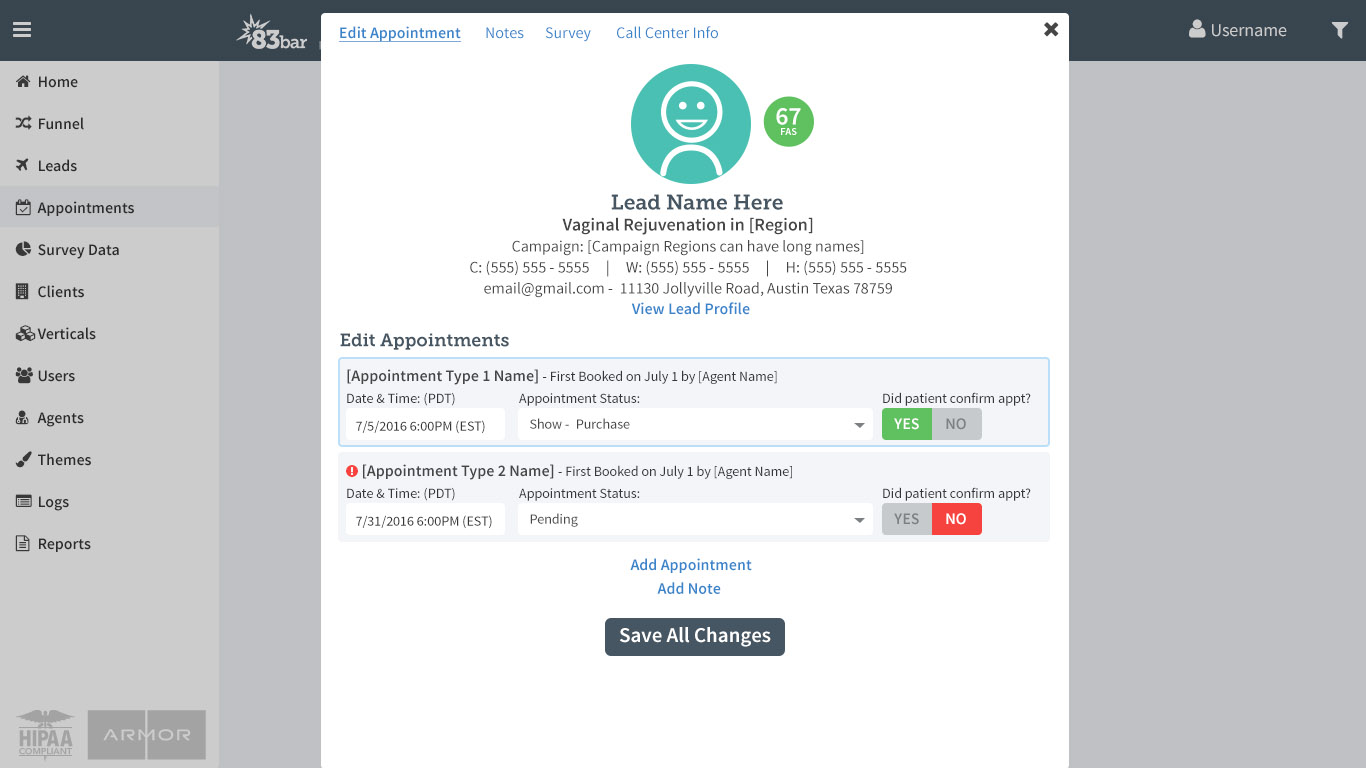
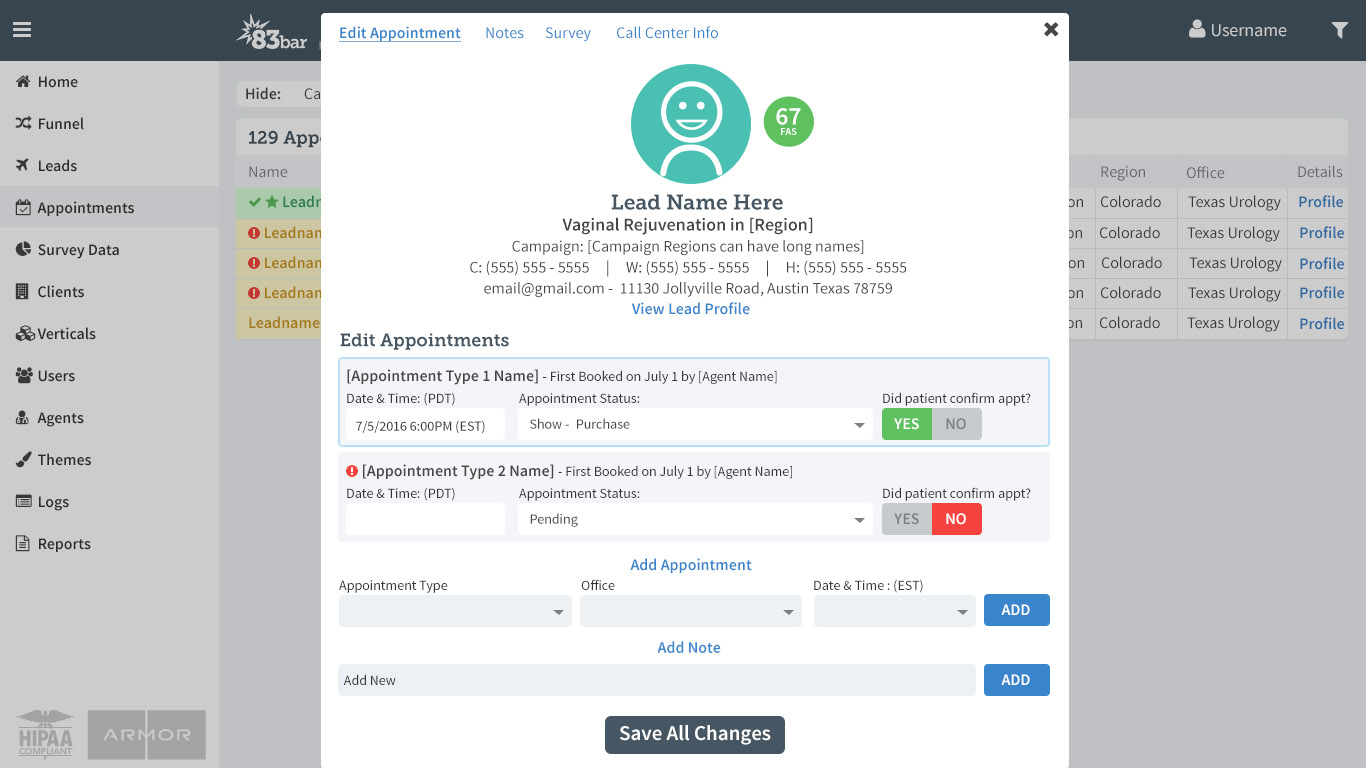

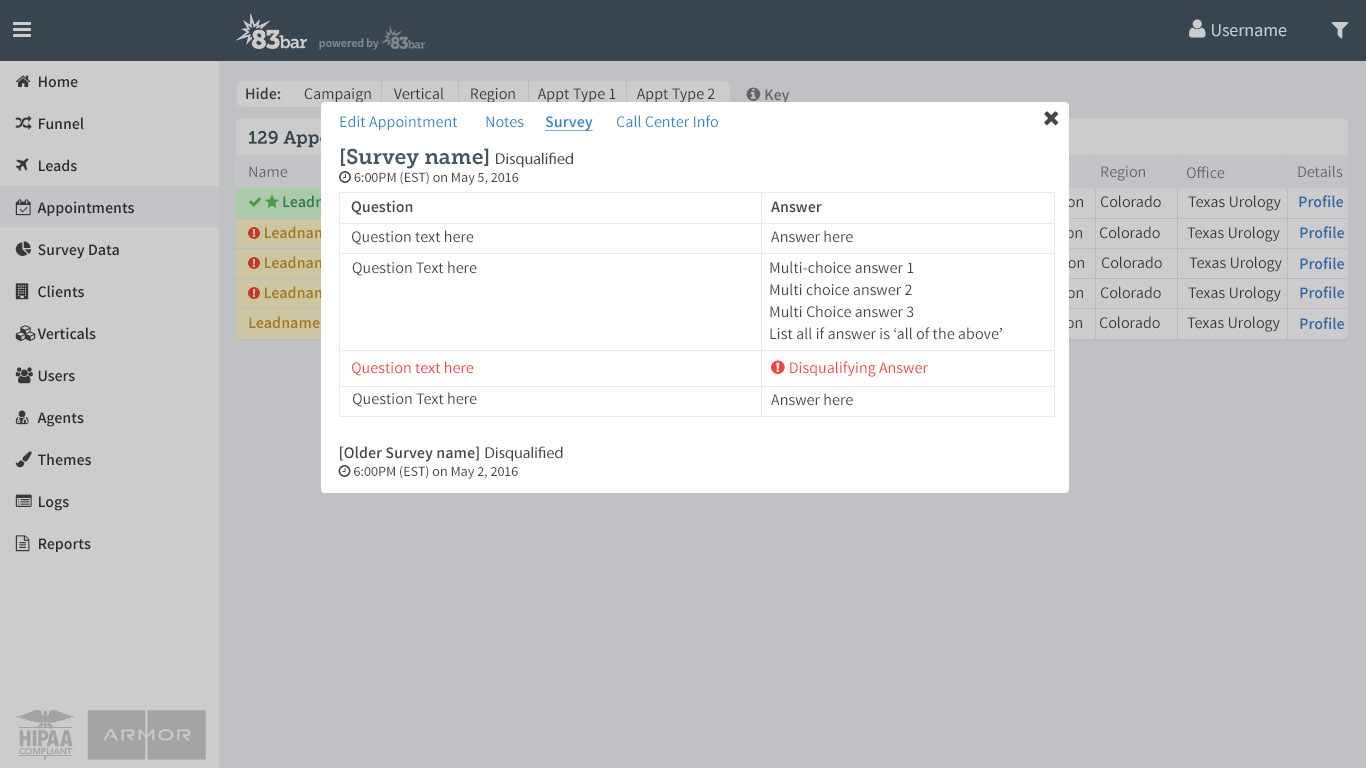
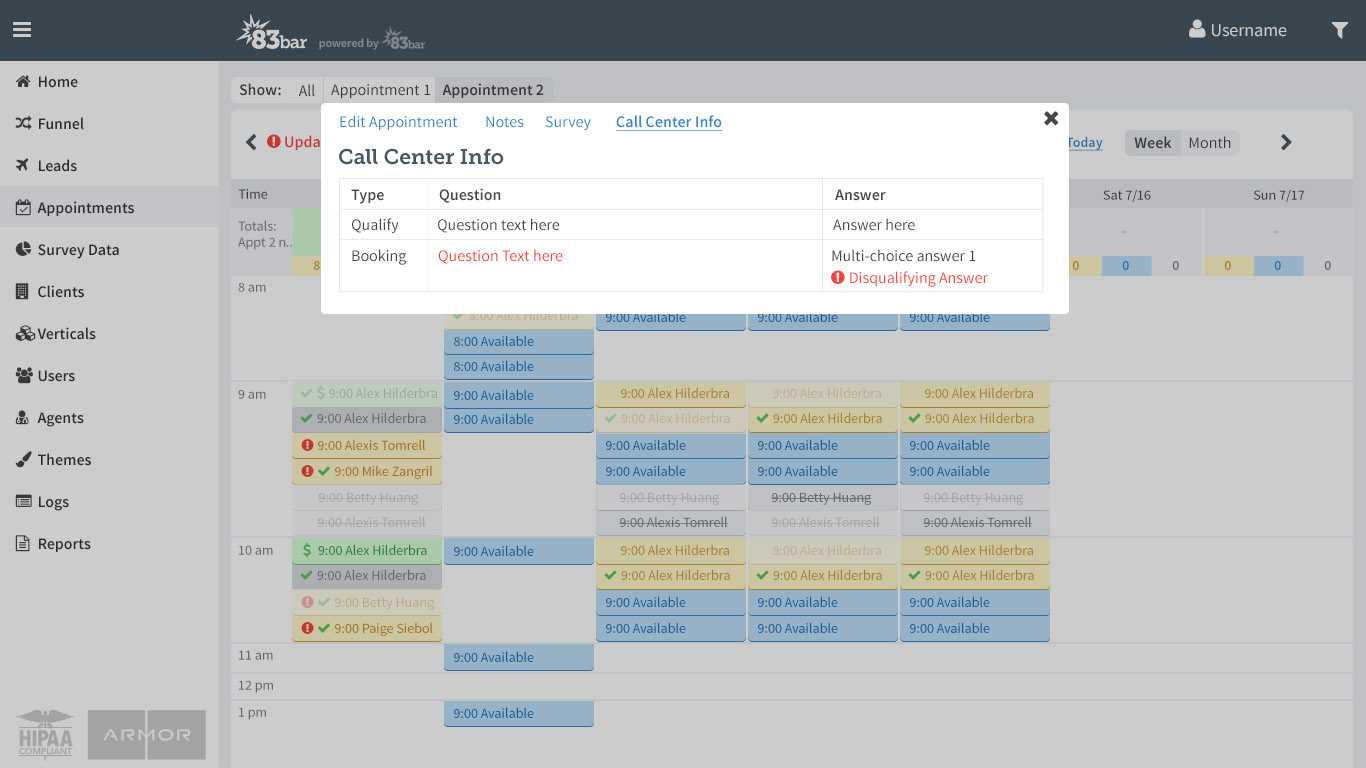
Project Outcome
As reporting got easier for clients, we could see details about which patients were showing up and why. We also began to identify where campaigns were going wrong or if there were problems occurring due to clinic behaviors.
We could make better decisions to drive our marketing strategies for each client.
Homepage: Appointment Summary
Meticulous clinic managers used the calendar daily to update the appointments in their electronic health records systems (EHR). However, we struggled to engage other clinic managers.
Problem: Many clinic managers were resistant to adopting new tools. They were often stressed by busy clinics or were not very tech savvy (some clinics are still paper only).
Objective: Create a single stop source for appointment information. Use call to actions and a simple tool that would require the minimum engagement necessary for clinic managers.
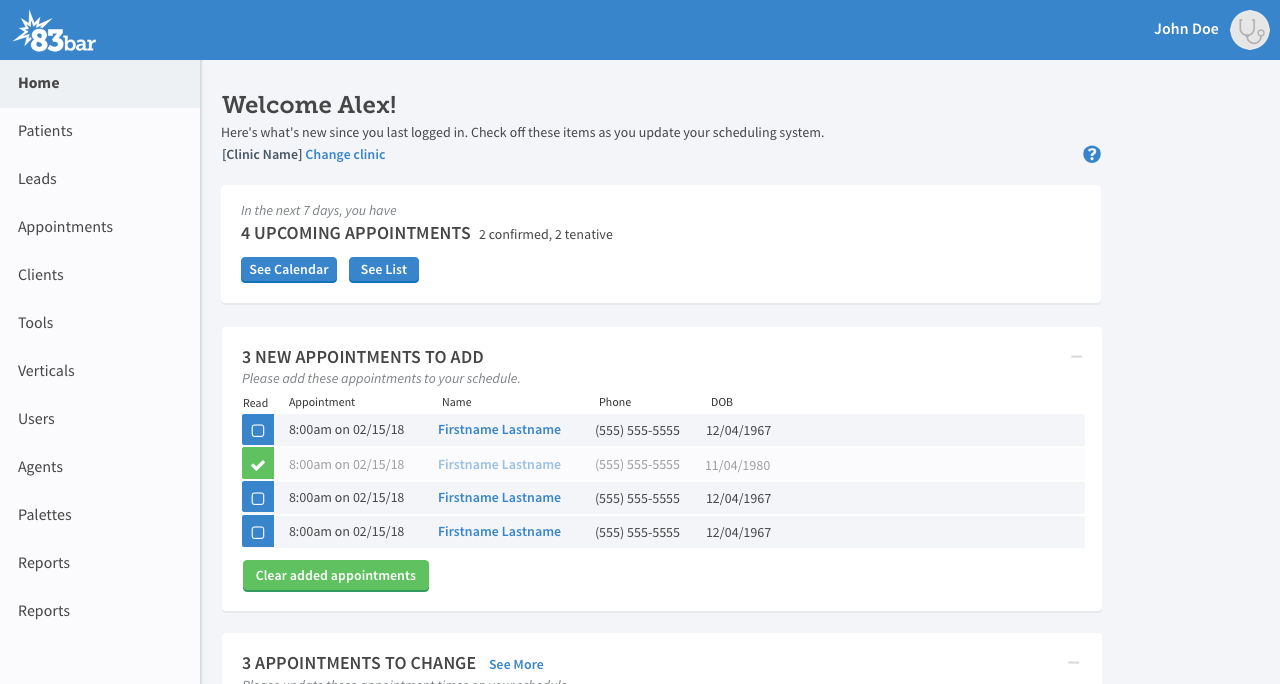
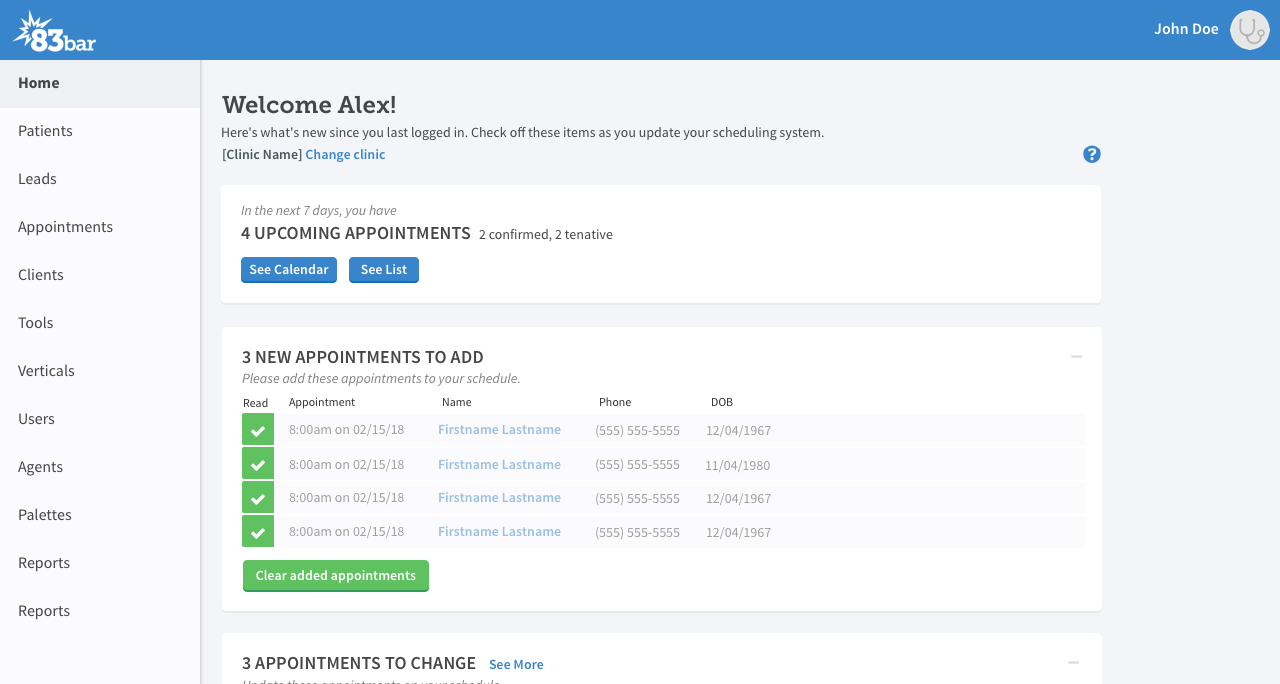
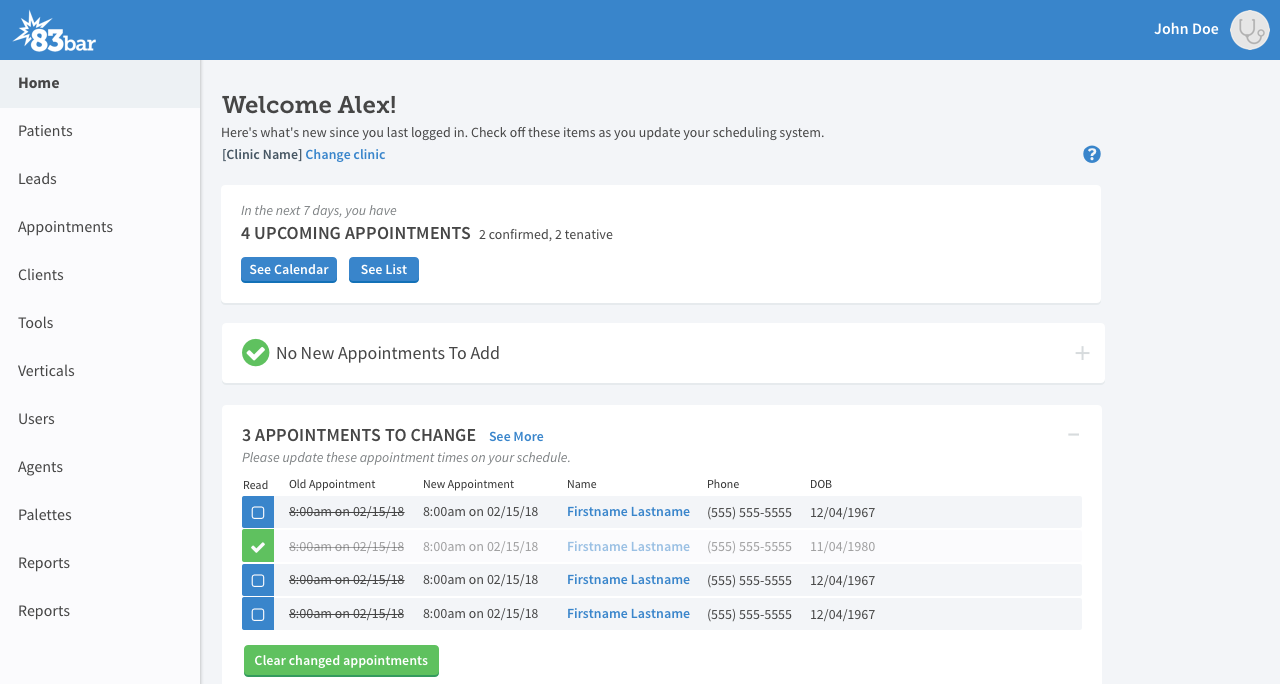
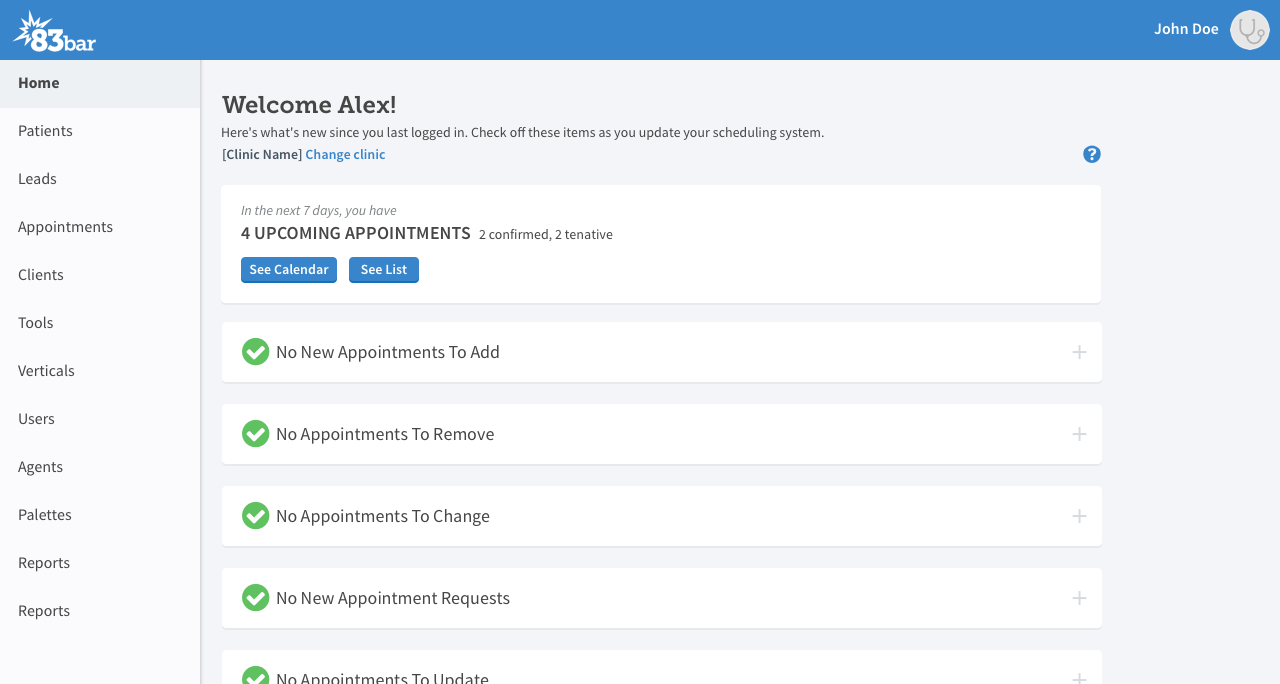
Appointments that have changed/affect the schedule appear as a notification or task on a list. Each type of appointment change (cancelation, booking, etc) has a specific call to action. Each table contains the information needed to complete that call to action.
As clinic managers complete each task, it can be cleared so that any other schedule coordinators at the clinic do not duplicate the work.


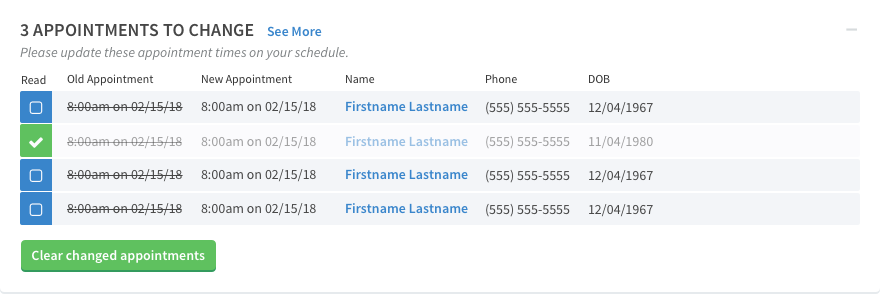


A count of appointments for the next 7 days is always present at the top to provide a quick reference to the calendar.
All future appointment changes (new bookings, cancellations, reschedules) are focused on tasking the user to transfer changes to the clinic's electronic health records (EHR).
All past appointment notifications are focused on updating the 83bar dashboard.
Any appointment notifications that require updates creates a popup modal for the patient information. This avoids making the user navigate away from the page.
On boarding videos are always available in case retraining (or a gentle reminder) is necessary.
Most users have a specific office or default office. In the case where an office isn't selected, a handy callout will point the user to their filter.
Project Outcome
On-boarding clients and clinics to the new home page should increase engagement with the 83bar Dashboard. This simple tool should serve as an easy introduction to the dashboard.
We hope it will lead users to become more comfortable with other app capabilities, such as the calendar and search tool.
